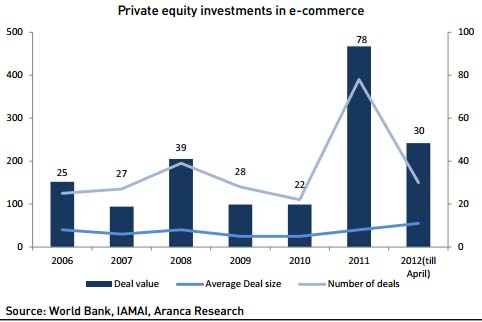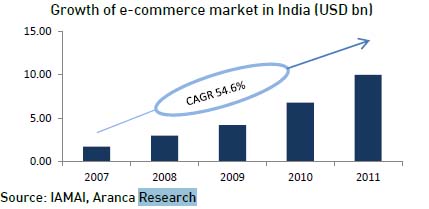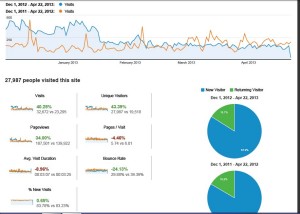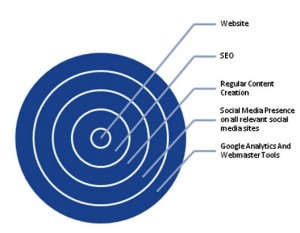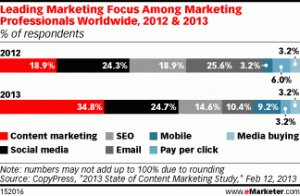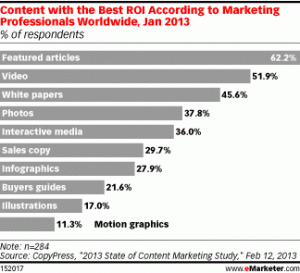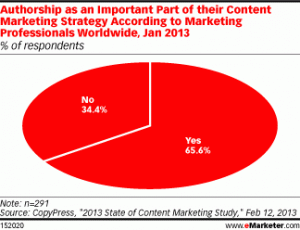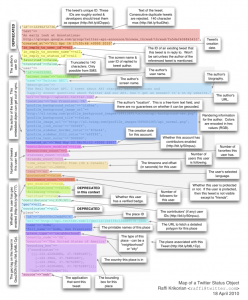Any business serious about a quality web presence and a wider and priority search presence needs to focus on publishing quality content regularly.
Hence, content is at the core of any online marketing activity. As a result the term “Content Marketing” has surfaced as a new wave online. But, we need to understand that “Content Marketing” does not mean marketing the content , but using content to market the product or service which your business offers.
Just adding blog posts written by any third party regularly does not achieve the purpose of content marketing. One needs to have a content strategy which needs to be implemented, monitored and the outcome measured regularly too.
How To Design A Content Strategy?
- Decide upon the categories of topics which need to be published on the company blog or as guest posts.
- Decide upon the different formats of the content
-
- Text Content
- Videos
- Audio
- Infographics
- Images or Cartoons
- Have a clear idea about the type of audience.
-
- Is it the existing buyers you are targeting?
- Is it the potential B2C buyers?
- Is it the potential B2B buyers?
- Have a clear idea about the demographics of the audience.
-
- The age group of the audience to be targeted.
- The gender if necessary
- The geolocation of the audience so that the right terminology is used which is prevalent in that location. (Local or Global)
- Decide upon the outreach and distribution channels to be used for sharing and promoting the content.
-
- Youtube
- Google+
- Work out a set of norms to engage with the audience on social media platforms when they reply and respond. Company representatives on social media platforms should engage with the audience based on the rules and norms set by the company to avoid wrong messages to reach out online.
- After all this exercise the analysis of the social media metrics will surely give an idea about the direction the content wave is reaching out to. The social media metrics via Google Analytics gives an idea about how the content strategy is getting executed. As social and search are integrated the no. of unique visits to the site via referral social media sites also is a positive indicator about the content strategy and the social media campaign being implemented. As per statistics social drives 25% of inbound traffic!!
- Always have an Editorial Calendar which will organise the publishing of content. The headers in the calendar can be as follows:
-
- Date Created: The date when the content was written and submitted by the author to the team.
- Category: The category of the content.
- Title: The title of the content.
- Date To be published: The date when it is scheduled to be published.
- Author: The name of the author.
- Editor: The name of the person who edited the post.
- Target Audience: The audience for which the content has to be targeted so that the social media platforms are accordingly selected for its outreach and promotion.
- Outreach Channels: The list of social media platforms on which the blog post has to be shared.
- KPP(Key Performance Parameters): The key parameters which determine the success of the content : for e.g. likes, downloads, retweets, conversions, etc.
Get Found, Get Shared, Get Leads, Convert.
Social and search integration has to start at the site level. The website which is at the nucleus of the whole search and social ecosystem has to be optimized first to be found on the search engines as 80 % of the people start with search engines. An optimized site ensures that your business is found on the search engines when the user is searching for a product or services related to what you have to offer. The social media signals add to the trust factor and build confidence for the brand. Next when the potential buyer contacts you the conversion depends how fast and accurately his queries are answered and whether the impression that he gathered during the search experience matches with the real time experience he has with the sales staff .
Some Important Points To Ponder On About Content Strategy:
- See that content is created by subject matter experts.
- Every piece of content should add value.
- 73% of B2B content marketers are producing more content than they did one year ago
- We're in the age of data driven marketing
- Content Marketing is a business strategy
- Think about ROO (Return On Objective) when analysing metrics.
- The content should focus on the utility aspect , inspire the reader in some way or empathise with the reader so that the reader is influenced by the content in a positive way to achieve the objective set and achieve the purpose of publishing and promoting the post.
- The main content marketing metrics which measure the success or failure are outreach, engagement and conversion.
- Don’t sell but share knowledge.
- Real influence isn't huge fan & follower counts, it's niche communities that take action.
- Its not quantity of leads, but quality and conversion rates that matter
- Conversions may not be immediate ...28% of invited executives engage in program after 7 months.




